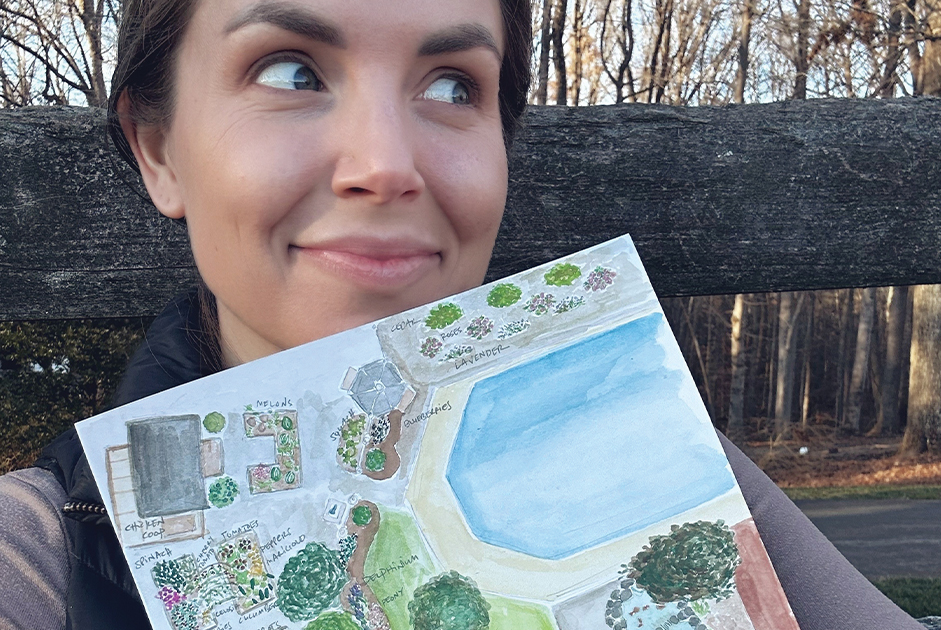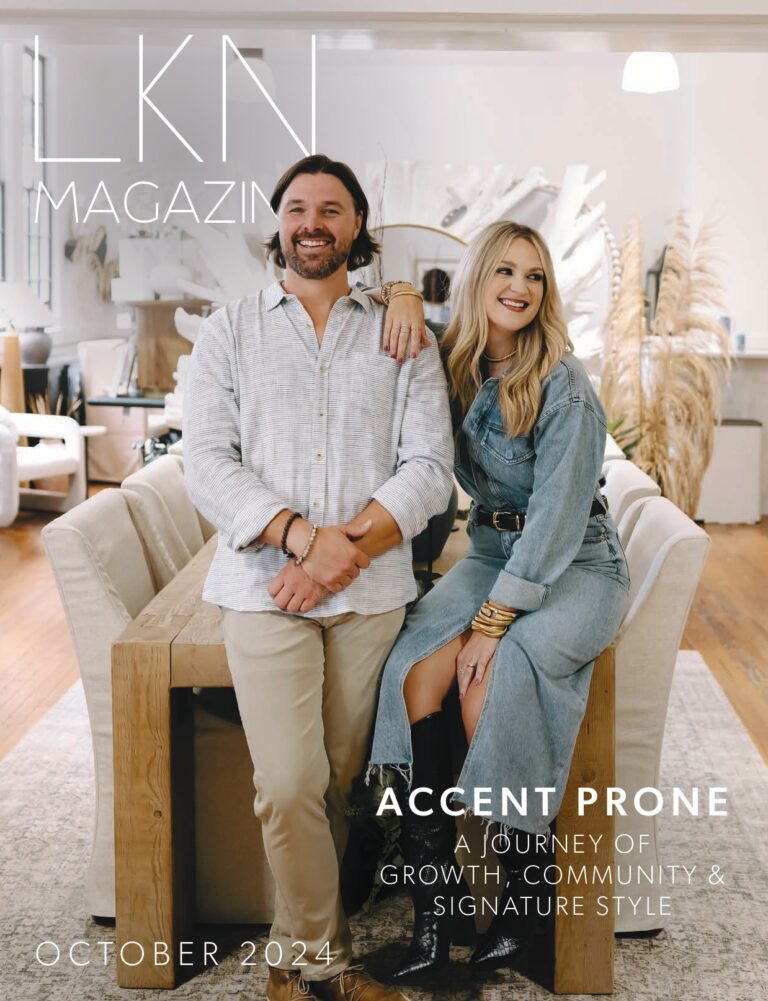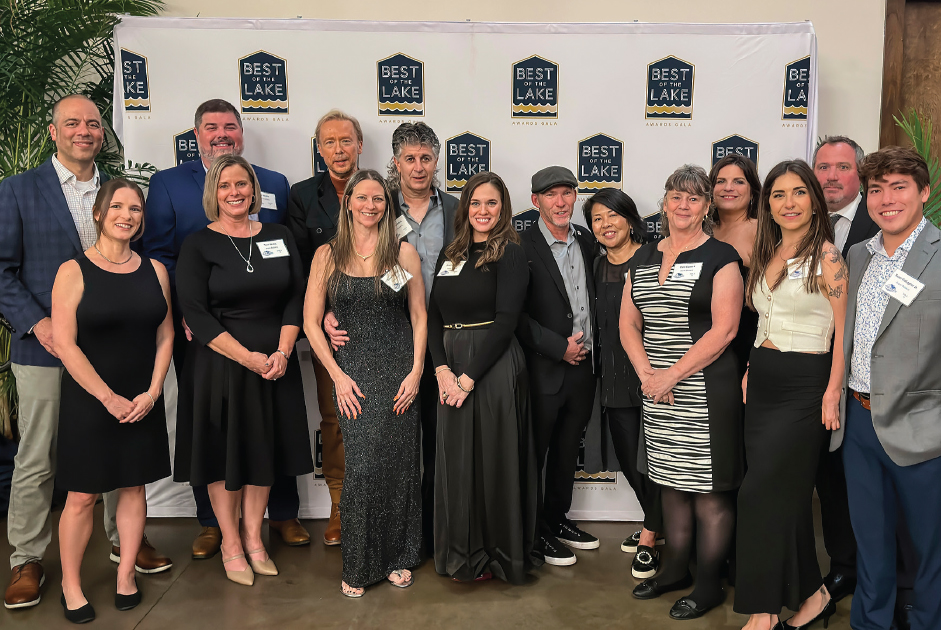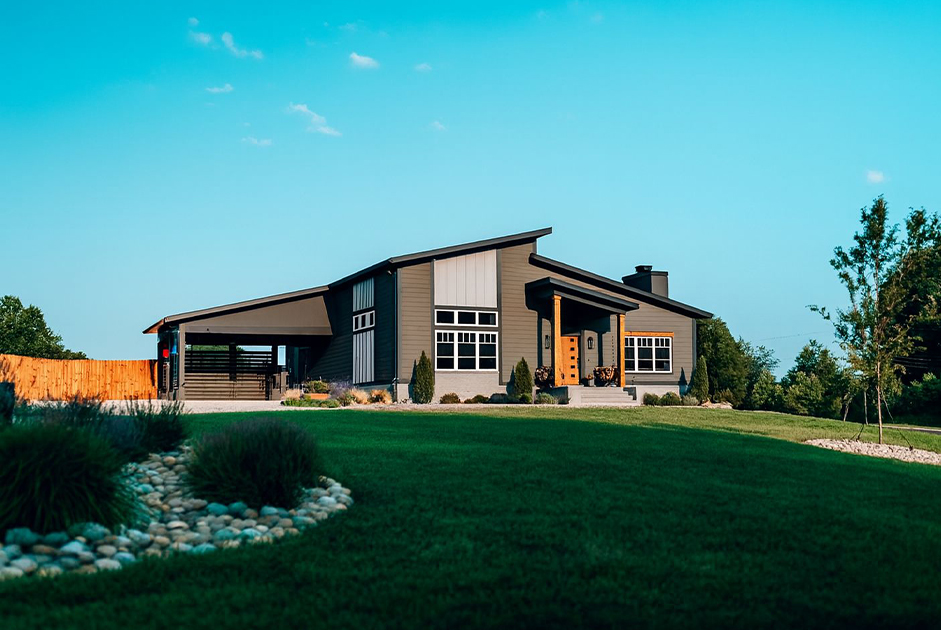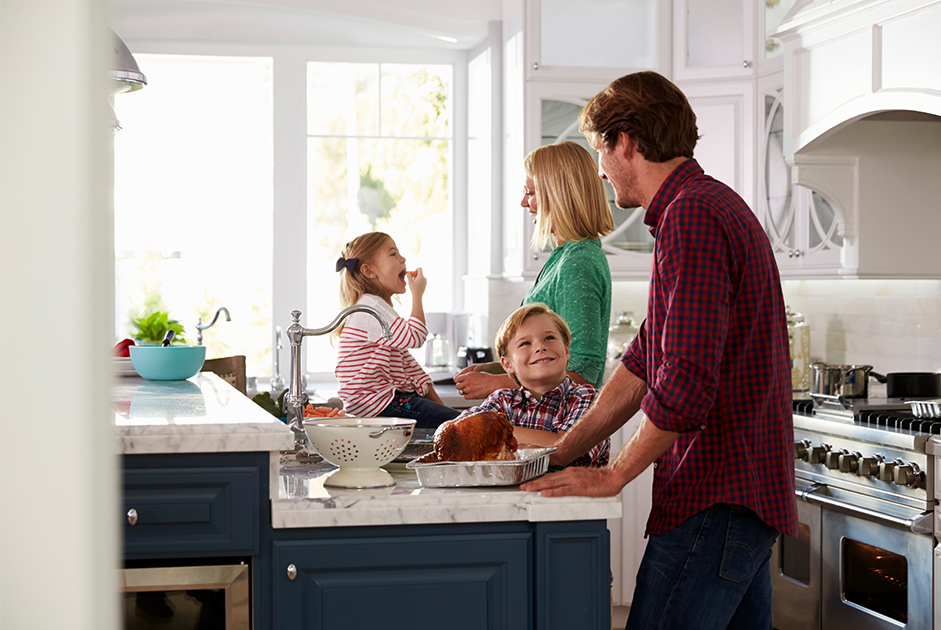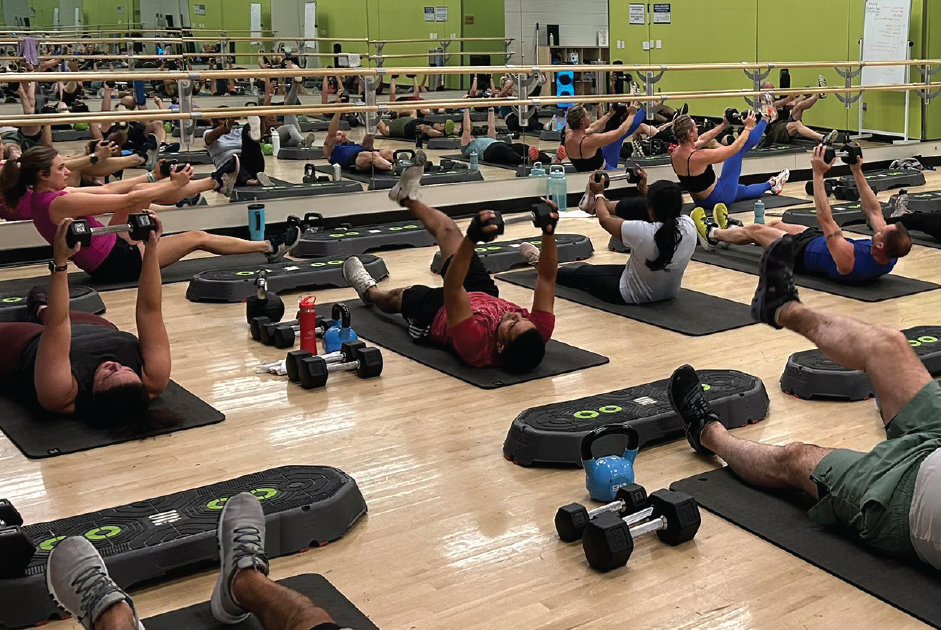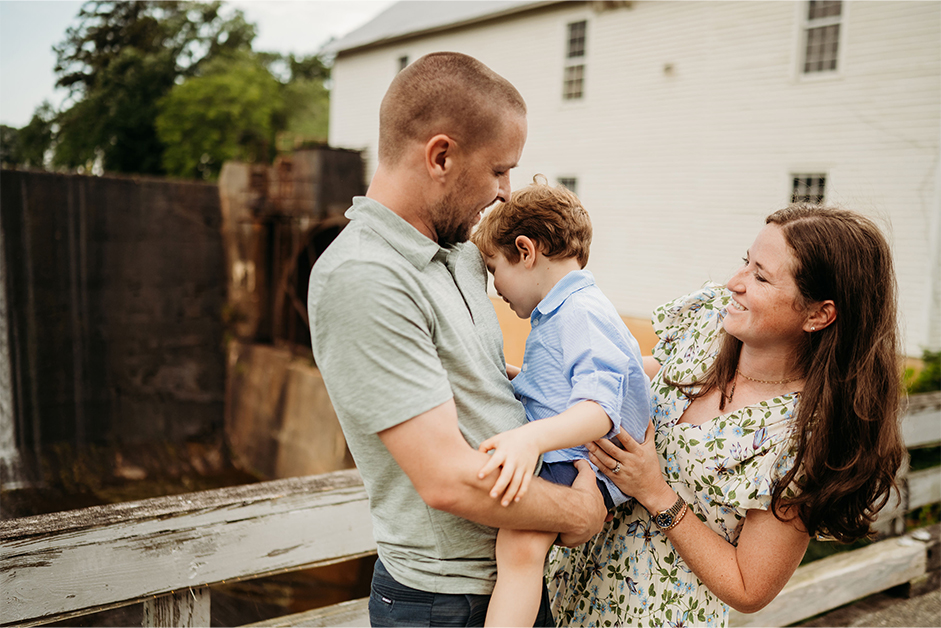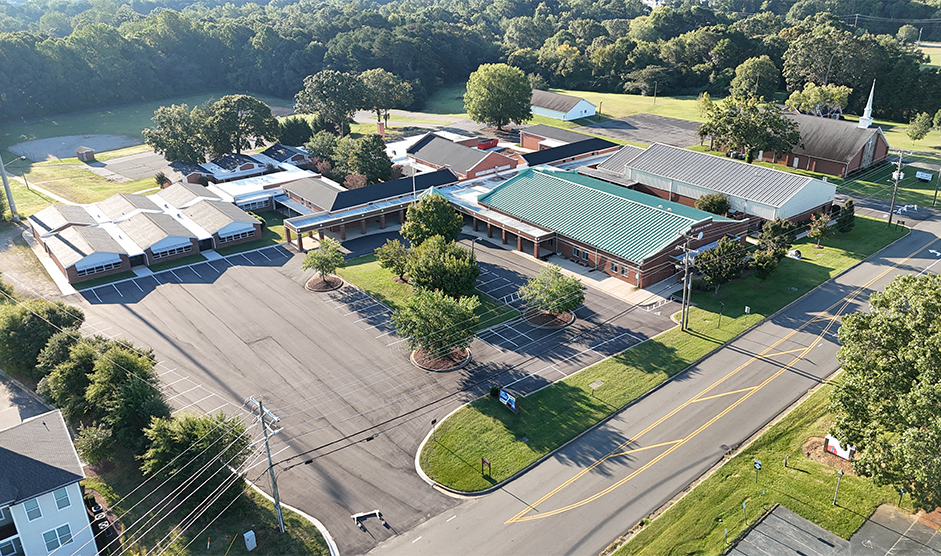by IVEY GASKIN BAKER
The first step in starting a business is to understand your purpose. Whom will you serve? At the end of the day, someone needs to pay you for your product. Ideally both parties, both you and your consumer, will benefit from what you have to offer. What you’re paid should eventually cover your time and costs. Our business is a bit unique in that I have another end user in mind, my sons. In addition to selling to local florists, farmer’s markets and to our community, this business will serve my children’s growth and development. However, I need to cover my expenses, and the Internal Revenue Service (IRS) doesn’t really care if my kids become productive human beings because of their mom’s idyllic gardening visions. This isn’t a hobby. We need to make money.
I begin with a plan. We will grow fruit and vegetables, however, my focus for our business is flowers, for a few reasons. We will primarily be using our front yard to expand our garden, and I feel our neighbors will be more accepting of the English garden look rather than countless rows of raised beds filled with tomato cages and string bean trellises. It is also true that flowers have a higher profit margin than produce. *Remember, we need to make money.* And lastly, strategic partnerships between my sons and local florists that can be managed any day of the week is more sustainable than attending farmer’s markets every Saturday morning during our busy summers. I have vegetable seeds galore, but for those reasons, we will sell flowers.
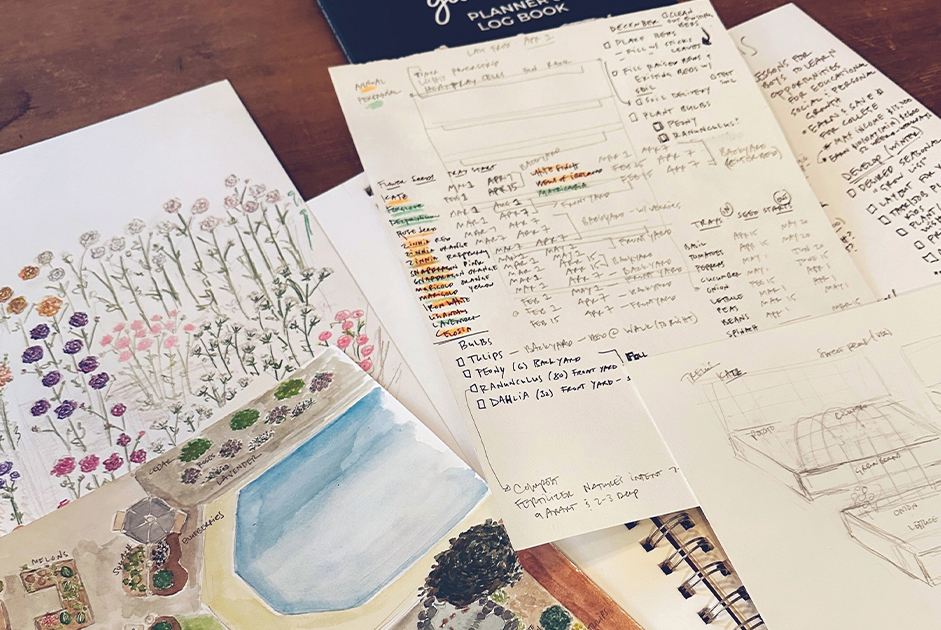
Charlotte, North Carolina falls into Zone 7b and 8a of the USDA Hardiness scale, meaning that we are a rather forgiving and temperate client, rarely reaching temperatures below zero and 10 degrees Fahrenheit. In addition to climate, soil, water and sun are the most important components of gardening success. Our lot is a flat, grassy front yard with a few larger trees but drenched in morning and early afternoon sun. Our backyard is an old established yard with existing shrubs and floral beds. There will be a lot of work to do to get the yard ready for all the new flowers that will fill it. There is ample sun, but the current soil needs a lot of work and attention. We will be bringing a truckload of soil into the yard to fill existing beds and new raised ones. We will also need to weave yards and yards of irrigation drip hoses to keep everything watered and fed on hot summer days. There is outdoor work to be done and indoor seed planting starts now.
So, are you curious about what we’re growing?
Snapdragons will join our established hydrangeas, tulips and lilies, scattered around the yard. Zinnias, marigolds and lavender will surround our raised beds filled with strawberries, tomatoes, peppers, lettuces, cucumbers, carrots, potatoes, squash, herbs, beans and peas. These flowers (theoretically) provide a beautiful barrier between the produce and nuisance bugs while attracting pollinators with their bright blooms. The garden will be bordered with beautiful, tall (poisonous) delphiniums to ward off deer and rabbits. Diverse bouquet fillers like lacy white finch, bells of Ireland, Matricaria (German Chamomile), celosia and edible flowers will fill the nooks and crannies of our garden. Our big investments this year will be in peony, dahlia and ranunculus perennials. These are the flowers that intimidate me and the ones I’m most excited to get into the ground as they fill the bouquet of many bright eyed and dreamy brides, myself included.
My own seasoned gardener mother has lovingly said “good luck” on some of my plans which gives me that butterflies-in-the-stomach kind of nervousness. I like that feeling.
